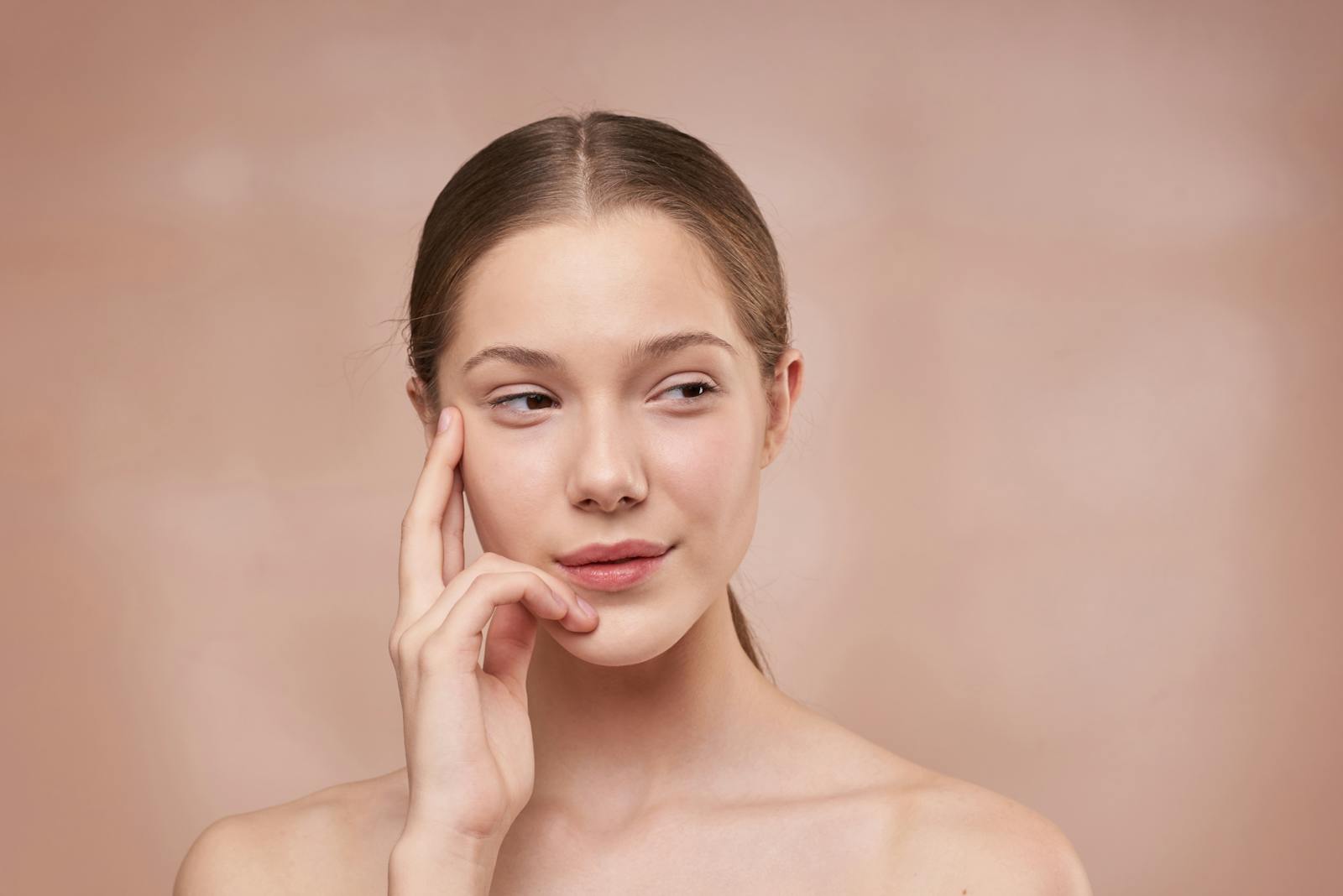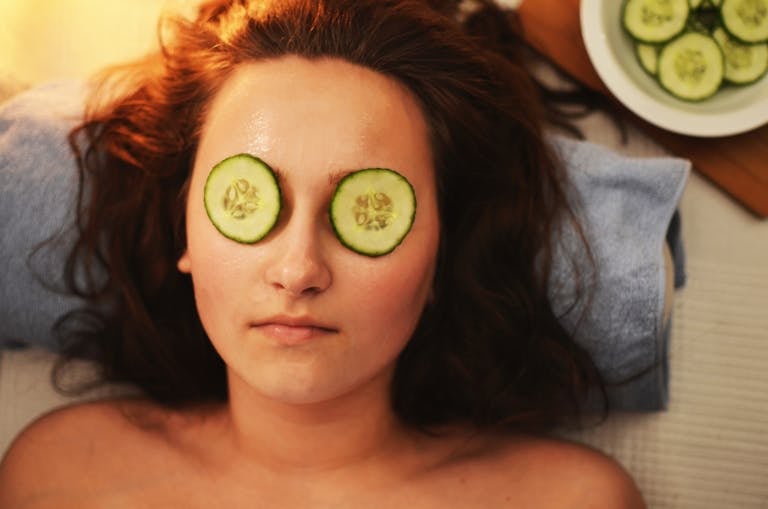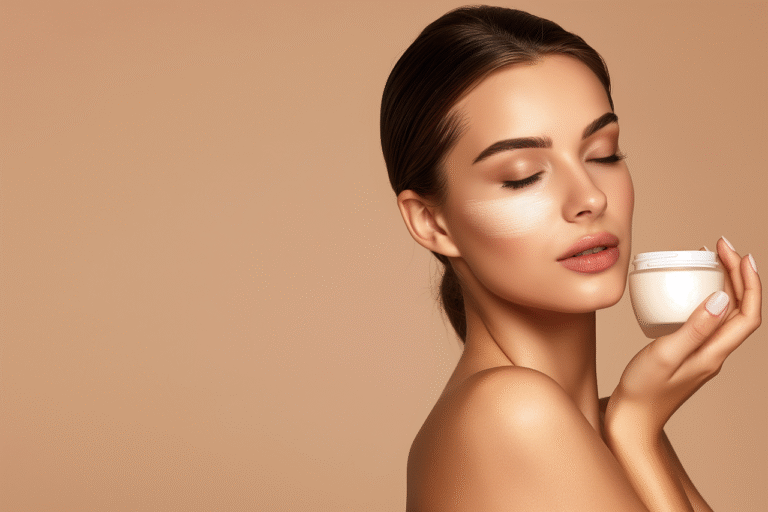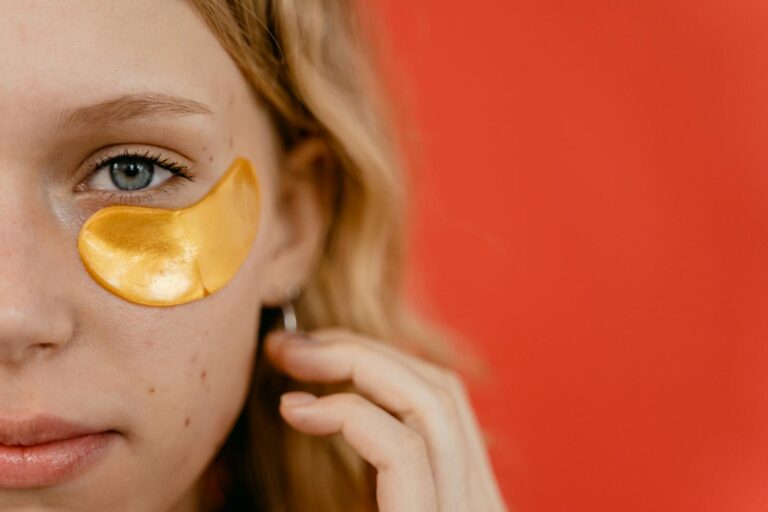Comedones are a type of acne lesion that can significantly impact your skin’s appearance and health. Specifically, closed comedones, commonly known as whiteheads, occur when hair follicles become clogged with oil and dead skin cells. This can lead to inflammation and a lackluster complexion if left untreated. In this post, you will learn how to identify closed comedones and discover effective treatment options, ensuring that your skin remains vibrant and clear.
The Anatomy of Closed Comedones: What Lies Beneath the Surface
The Formation Process of Closed Comedones
Understanding how closed comedones form gives you insight into your skincare routine and the importance of prevention. These small, flesh-colored bumps occur when hair follicles become blocked by a combination of sebum, dead skin cells, and sometimes bacteria. This blockage prevents the follicle from expelling its contents properly. As a result, the trapped oil and debris create a plug that bulges under the skin’s surface, leading to these often frustrating blemishes. Unlike open comedones, which are exposed to air and oxidize to form blackheads, closed comedones remain beneath the skin, which protects them from oxidation but makes them harder to treat.
The Role of Excess Oil and Dead Skin in Clogging Pores
Your skin produces oil, or sebum, as a natural defense mechanism, but excessive production can lead to problems. Factors like hormonal fluctuations, diet, and stress can increase sebum production significantly. Coupled with this, the skin sheds dead cells that can become trapped in the follicles. As these dead skin cells accumulate alongside the excess oil, they create a perfect environment for closed comedones to form. This excess oil can result from hormonal changes, for instance, the influx of androgens during menstruation or puberty, which stimulates sebum production.
Failure to effectively exfoliate and manage oil production can exacerbate the situation. When pores remain clogged for extended periods, inflammation can occur, leading to potential breakouts or even cystic acne. Incorporating a balanced skincare regimen that includes regular cleansing and gentle exfoliation can help to regulate oil levels and promote cell turnover, minimizing the chances of closed comedones developing on your skin.
Identifying Closed Comedones vs. Other Types of Acne
Closed comedones, often referred to as whiteheads, can be confused with other acne types due to their appearance. Distinguishing between them requires an understanding of the unique characteristics of closed comedones. Unlike papules, pustules, and even open comedones, closed comedones are characterized by their smooth, dome-shaped profile and a skin-colored or whitish appearance. They occur when hair follicles become clogged with a mix of dead skin cells and sebum, completely sealing off the pore. You can identify closed comedones by their lack of inflammation or redness, which often denotes other forms of acne.
| Type of Acne | Characteristics |
|---|---|
| Closed Comedones | Smooth, flesh-colored or white bumps, non-inflamed |
| Open Comedones | Dark, open-pored blackheads, often with exposed debris |
| Papules | Small, raised red bumps, often painful |
| Pustules | Inflamed lesions filled with pus, usually painful and red |
| Cysts | Large, pus-filled lesions that can scar the skin |
Assume that you are examining your skin and notice the distinction between these types. Being able to recognize these differences can influence your treatment options and future skincare regimen.
Distinguishing Factors: Closed Comedones vs. Open Comedones
The key aspect distinguishing closed comedones from open comedones lies in the nature of their obstruction. Closed comedones are occluded beneath the skin’s surface, which prevents any exposure to air and gives them their characteristic white appearance. In contrast, open comedones have their follicles partially blocked, allowing the trapped sebum to oxidize and turn dark. You can also see open comedones commonly on the nose and forehead, while closed comedones may develop on the cheeks, chin, and forehead.
- Closed comedones are non-inflammatory and skin-colored.
- Open comedones display a darkened top layer due to oxidation.
- Closed comedones feel smoother as you glide your fingers over them.
- Open comedones may have a gritty texture when touched.
- Perceiving these subtle differences can help you discuss appropriate treatments with your dermatologist.
Key Symptoms and Signs to Recognize
Recognizing the symptoms of closed comedones involves noting their unique features. You will observe small, raised, dome-shaped bumps that do not usually exhibit redness or swelling, which signifies irritation in other acne forms. The absence of inflammation often means these comedones can persist for an extended time unless targeted with effective treatments. Additionally, people suffering from oily or combination skin types are likely more familiar with closed comedones, observing them in clusters on the skin.
Understanding that closed comedones manifest as smooth, flesh-toned bumps helps you identify them early on. If you notice a change in the appearance of your skin or the persistence of these bumps, it may be time to reassess your skincare routine or consult a professional. This proactive approach can prevent them from evolving into more problematic forms of acne.
The Science-Backed Treatments for Closed Comedones
Topical Solutions: Ingredients That Work Wonders
Finding the right topical solution can significantly improve your approach to treating closed comedones. Look for products with key ingredients such as salicylic acid, a beta hydroxy acid that penetrates deep into pores and effectively helps in unclogging them. Another powerful ingredient is retinoids, which promote skin cell turnover and prevent the buildup of dead skin cells. This not only helps in reducing existing comedones but also prevents new ones from forming. You might also consider benzoyl peroxide, known for its antibacterial properties that can assist in minimizing any inflammation that may accompany clogged pores.
Incorporating these active ingredients into your skincare routine can lead to visible improvements in a relatively short period. Most users report shedding their closed comedones and achieving clearer skin within a few weeks. It’s crucial, however, to introduce these products gradually to give your skin time to adjust and to minimize irritation.
Professional Treatments: When to Consider Dermatological Help
For persistent closed comedones that don’t respond to over-the-counter products, seeking help from a dermatologist can be a game changer. Professional treatments such as chemical peels or microdermabrasion can provide more intensive exfoliation, removing not just the surface layer of dead skin cells but also those deep-rooted impurities that contribute to clogged pores. Chemical peels often utilize agents like glycolic acid, offering benefits in skin texturization and overall brightness.
Additionally, your dermatologist may recommend light therapy, which employs specific wavelengths to target acne-causing bacteria while also reducing inflammation. It’s worth considering these options if your skin situation causes you distress or appears resistant to your at-home efforts.
Scheduling a consultation with a dermatologist allows for a tailored approach to your skin concerns. They can accurately assess your skin type and condition, recommending a customized treatment plan that could include prescriptions for stronger topical treatments or even oral medications in more severe cases. Investing in professional help might just be the key to overcoming the stubborn challenge of closed comedones effectively.
Lifestyle Adjustments to Prevent Future Breakouts
Skincare Routines That Nurture and Protect
Establishing a consistent skincare routine is fundamental for preventing future closed comedones. Focus on using non-comedogenic products that won’t clog your pores. A gentle cleanser containing salicylic acid can help to deep clean your skin and prevent buildup. Following up with a lightweight moisturizer keeps the skin hydrated without contributing to excess oil. Additionally, incorporating a chemical exfoliate, such as glycolic acid, into your regimen a few times a week can effectively slough off dead skin cells and promote cell turnover, leading to clearer skin over time.
Keep in mind that consistency is key. A rushed 3-step process won’t yield results overnight; it requires dedication and adjustment over time. Monitor how your skin responds and be willing to switch products if you notice irritation or breakouts. Always include broad-spectrum sunscreen daily to protect your skin barrier from UV damage, which can exacerbate skin issues including clogged pores.
Dietary Choices: Foods That Fuel Healthy Skin
Your diet plays a significant role in your skin health. Incorporating foods rich in omega-3 fatty acids, like salmon and walnuts, can reduce inflammation and help control oil production. Antioxidant-rich foods such as berries, spinach, and sweet potatoes support skin repair and protect against environmental stressors. Additionally, maintaining adequate hydration, by drinking enough water throughout the day, promotes a healthy moisture balance in your skin. Staying hydrated helps flush out toxins that can contribute to breakouts.
Sugar and processed carbohydrates can lead to increased insulin levels and inflammation, which may worsen acne conditions. Opting for whole grains over refined options and limiting sugary snacks can help stabilize insulin spikes. Incorporating probiotics, found in yogurt and fermented foods, may also positively influence gut health, which is increasingly linked to skin conditions such as acne. Balance is important in your approach, ensuring you fuel your body with the nutrients it needs for healthy, clear skin.
Expert Insights: Understanding the Psychological Impact of Acne
The Emotional Toll of Persistent Skin Issues
Struggling with persistent skin issues, such as closed comedones, can significantly affect your self-esteem and overall mental health. Research indicates that individuals with acne are more likely to experience anxiety and depression. The visibility of your skin condition often leads to negative self-perception, impacting social interactions and professional opportunities. You may find yourself avoiding gatherings or feeling self-conscious in situations where makeup may not suffice to conceal your skin, which only perpetuates feelings of inadequacy.
The challenge goes beyond skin deep; persistent acne can lead to a cycle of distress where the focus on appearance overshadows other aspects of life. For many, comments from friends or family can feel overwhelming, accentuating insecurities and leaving lasting emotional scars. The psychological impact of acne is profound, leading some to seek cosmetic procedures in an attempt to reclaim their confidence, while finding themselves disappointed when expectations don’t meet reality.
Strategies to Build Confidence Amidst Skincare Challenges
Building confidence while dealing with skin challenges requires a multifaceted approach. Engaging in a proper skincare routine can provide a sense of control and accomplishment. Embracing aspects of your individuality beyond your skin can also help, whether it’s your talents, interests, or personal style. Mindfulness practices such as meditation and journaling can facilitate a positive mindset, reminding you to focus on your strengths instead of your insecurities.
Connecting with support groups or communities experiencing similar struggles can foster a sense of belonging and understanding. Sharing your experiences allows for a safe space to express emotions and gain different perspectives. Surround yourself with positivity, whether it’s through inspirational content, uplifting friends, or professional counseling, as these elements can bolster resilience amidst skincare challenges.
A combination of self-compassion and proactive measures can transform your outlook on skin issues. Consider integrating affirmations into your daily routine, reminding yourself of your worth beyond physical appearance. Seeking out professional help from skincare specialists or therapists can provide tailored strategies to manage both the physical and emotional aspects of your journey. The intersection of self-care and mental well-being is vital in navigating the emotional challenges of skin conditions.
Summing up
Upon reflecting on closed comedones, it is clear that understanding their nature and the appropriate treatments can significantly improve your skin health. Closed comedones, commonly known as whiteheads, occur when dead skin cells and oil clog hair follicles, often resulting in a bumpy complexion. To effectively treat these pesky blemishes, incorporating a consistent skincare routine that includes exfoliation and products containing ingredients such as salicylic acid or retinoids can facilitate the unclogging of pores and enhance skin renewal.
In addition to topical treatments, you should consider adopting lifestyle changes that promote overall skin health, such as maintaining a balanced diet and staying hydrated. Consulting with a dermatologist may also provide personalized strategies tailored to your skin type, ensuring you achieve the best results. By taking the right steps and staying informed about effective treatments, you can regain control of your skin, helping you look and feel your best.







